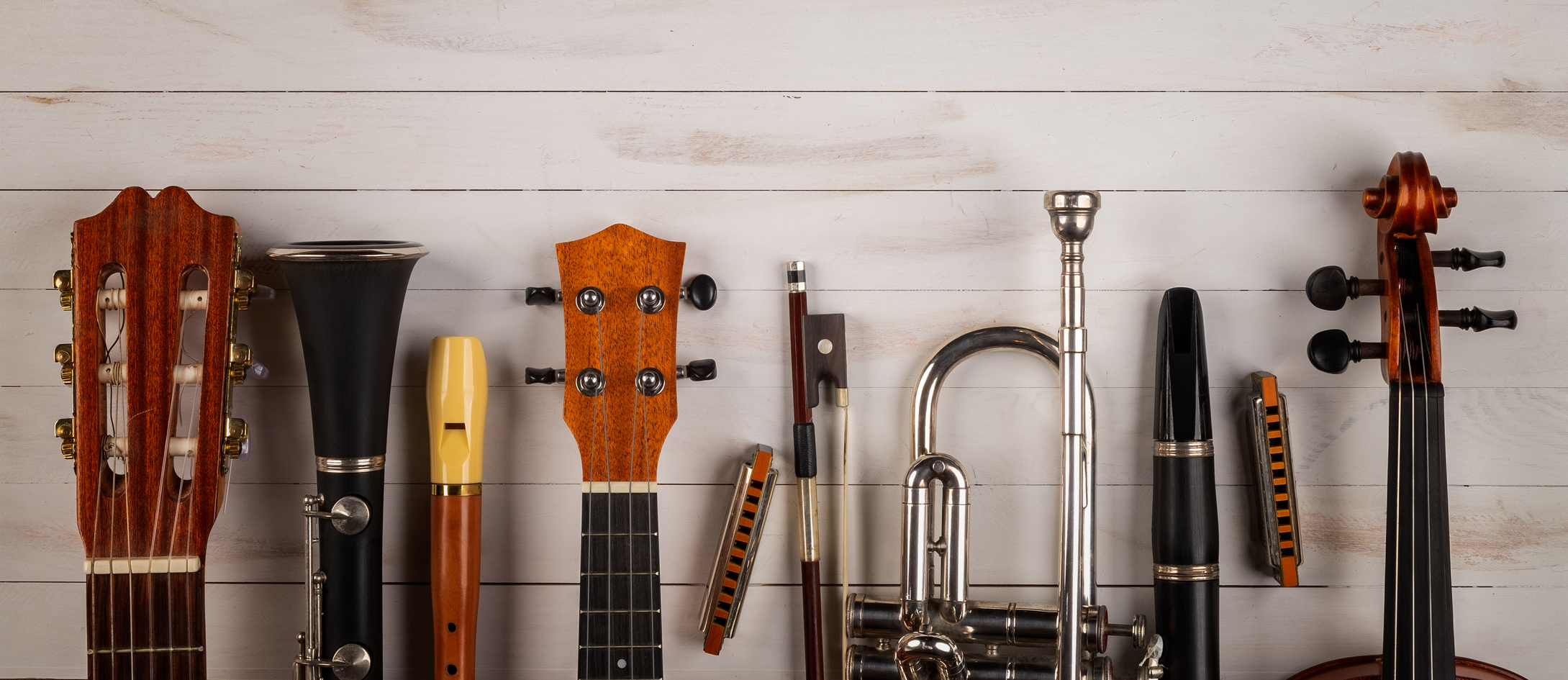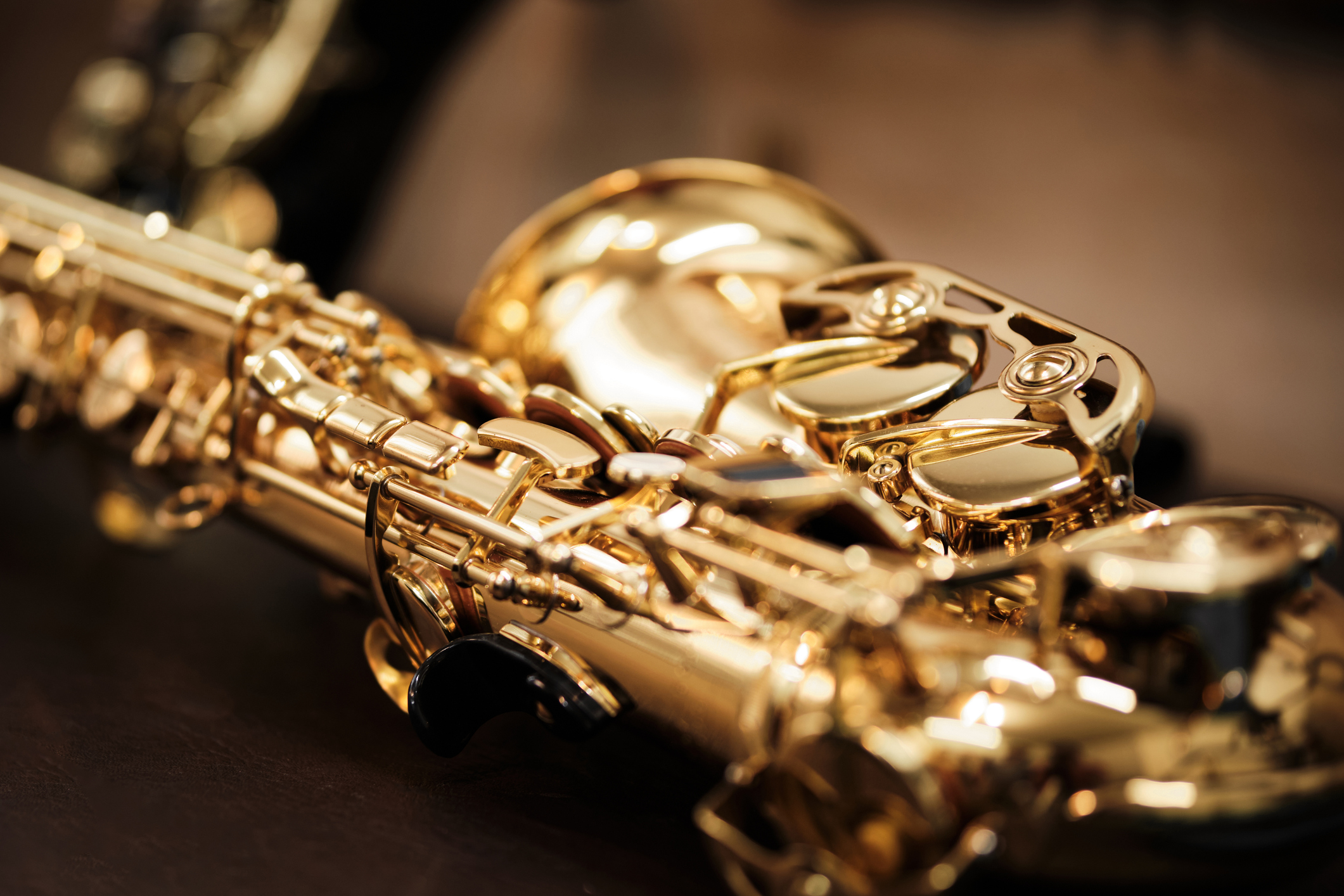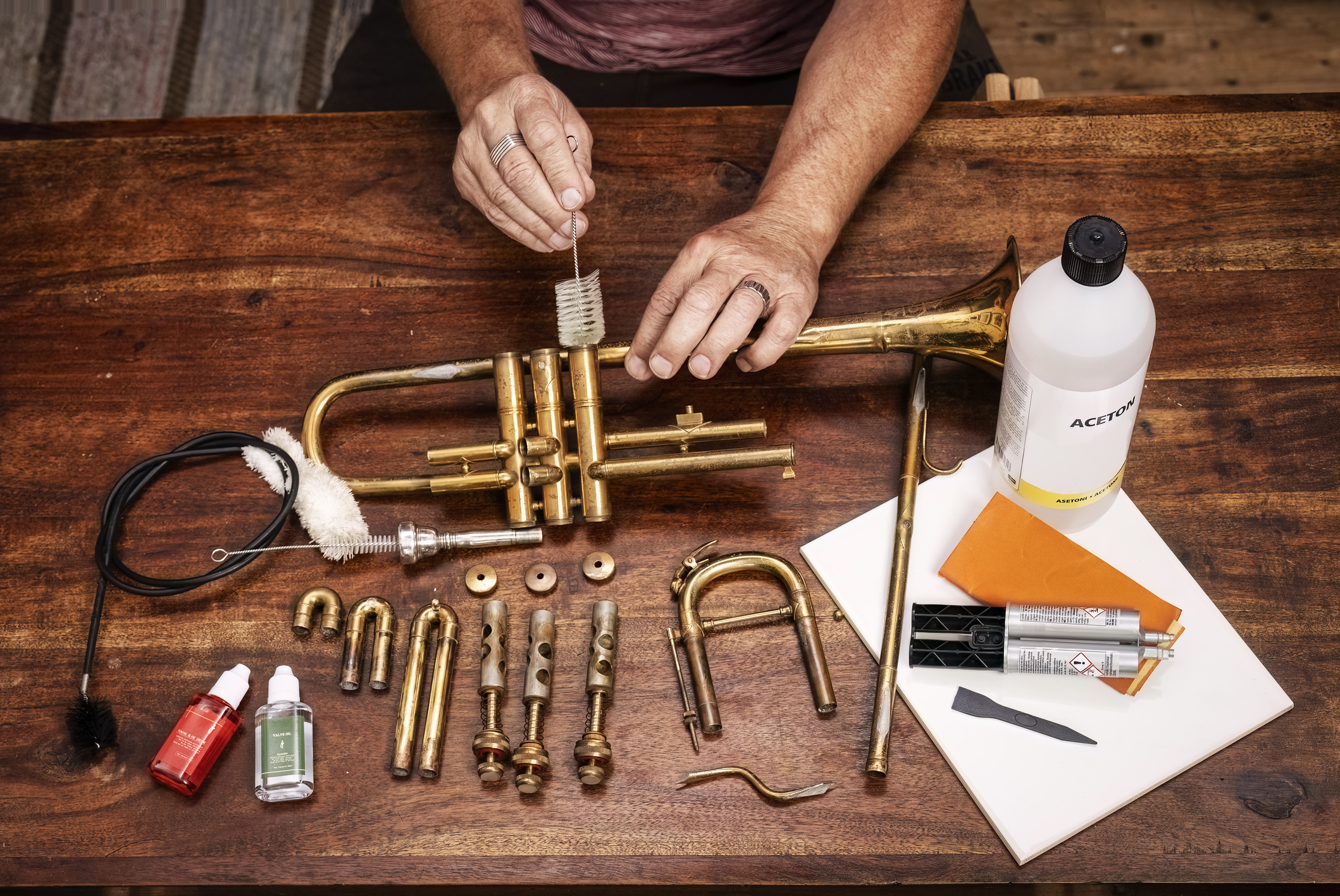
Benefits of Buying Used Instruments
When considering buying a musical instrument, one main question is whether to buy brand new or used, sometimes referred to as second-hand or pre-loved. While a brand new instrument certainly has its pros, you might be surprised to know there are many reasons why a used instrument is a smart approach. If you’re curious about whether a used instrument is a good fit for you, keep reading to learn how used instruments add value, and what to look for when making your purchase.
7 Reasons Why Used Instruments Should Be On Your Radar
- #1 Affordability: One of the key benefits to purchasing used instruments is their affordability. Used instruments will almost always be cheaper than new. In fact, buying used may save you up to a third of the cost of a new instrument.
- #2 High quality for less: While there are affordable new, beginner level instruments on the market, you can often find higher quality used instruments for the same price (or even better!). I.e. you may be able to find a used, high quality violin from a superior brand for less than the cost of a new, but inferior model.
- #3 Perfect Imperfections: While you should always take good care of your instrument, buying a used model (one which will likely already have a few dings or scratches) makes the piece feel a bit less precious. If you or your student (perhaps a younger student) happens to dent or scratch it, it’s less frustrating. And when you aren't anxious about the inevitable first scratch on your shiny new instrument, you can focus more on making music.
- #4 Diverse selection: Buying new limits you to recent trends, finishes, features and specs; buying used gives you access to instruments made across decades with a multitude of designs, features, sound quality, and styles to choose from.
- #5 Used Instruments develop a unique sound quality: As an instrument ages, especially one with wooden components, the sound can become more mellow. If the instrument is kept in good condition, you may end up with an instrument that sounds richer than its newer counterpart or, depending on your style, more suited to your needs.
- #6 Level up your skills: As you progress in your music journey, a used instrument is an easy way to advance or evolve to the next instrument level, while staying within a specific budget. For more detail on when and how to step-up your skill, instrument, and technique, check out What Is a Step-up Instrument? [The Ultimate Guide to What, Why, How, and When]
- #7 Used Instruments are a great way to test out a new hobby: If you or your aspiring student is ready to dip a toe into the music education waters, but not yet ready to take the full plunge, a used instrument is an affordable entry point with less financial commitment or pressure. If you’re looking to help your aspiring student narrow down their instrument prospects, check out Helping Your Child Choose The Right Instrument.

7 Questions to Ask When Buying a Used Instrument
- How do I assess the quality of the instrument?
- One of the most important factors to consider when shopping used is quality. Some visible wear and tear on a used instrument is expected and okay, but it’s important to identify the difference between what is normal usage, and what is simply worn out. We’ve identified a few instrument specific tips for you below. But above all, the easiest way to ensure a used instrument is one of great quality is to work with a trusted instrument retailer, such as PM Music Center. Instrument retailers have in-house staff specifically dedicated to examining and analyzing the condition of every instrument, ensuring that every used instrument on their shelves meets their standards for quality and condition.
- Should I try the instrument before purchasing?
- While it can be tempting to snag a great deal you found online, our number one rule of used instrument shopping is try out the instrument first! Experts recommend examining the instrument in person in order to get a better understanding of the piece’s past life, and catch any potential issues. Examine the instrument’s physical condition in good light, play a few songs, listen for issues, perform any evaluative tests to see if it matches your needs and style. Minor issues can often be fixed with a simple cleaning or changing out the reed or strings, but you still want to assess those in-person, in advance of making your purchase.
- Do I know the instrument’s history?
- No two original owners are the same! Ask questions about the instrument’s history - get a better understanding for how frequently the instrument was played and for what purposes, what its prior care routine was, and whether or not the original owners made any modifications to the instrument. It is not uncommon for musicians to customize their instruments in some way, however some modifications will have significant impacts to the instrument’s sound/value/feel, so be sure you know exactly what you're getting when you buy used.
- Should I look for top brands?
- A well-known instrument brand can offer you assurances that you will be getting a high-quality piece. There is also the added benefit of more easily available spare parts and specialist cleaning products, as well as repair shops that will likely be more familiar with that brand's peculiarities. That said, a non-brand instrument can be a great option too, especially for a beginner looking for a more inexpensive option, or someone who needs a more custom instrument.
- Have I evaluated all costs associated with this used instrument?
- Make sure you are aware of all the costs associated with a used instrument. Take note if the instrument is missing anything, such as mouthpieces and reeds. You’ll almost certainly be able to replace anything that is missing, but some parts are more expensive than others. You’ll want to take those costs into consideration before making your purchase. Other possible budgetary considerations are whether or not that instrument will require any unique repair or maintenance. And if so, will those special handling costs be significant? For standard used instruments most repair shops will be very capable and helpful when it comes to repairs and maintenance. If you have purchased a more unique or specialized instrument, make sure to ask the seller about the care routine, as well as the best place to take it for repairs and what those costs tend to run.
- Is there a warranty?
- Some used instrument retailers will offer some sort of warranty with the purchase of a used instrument. Make sure to inquire about any insurances or guarantees available to help protect your purchase.
- Some used instrument retailers will offer some sort of warranty with the purchase of a used instrument. Make sure to inquire about any insurances or guarantees available to help protect your purchase.

What to look for: Instrument Specific
Here are a few key elements to inspect when examining used string, brass, woodwind, or percussion instruments:
Used Brass Instruments
Brass instruments, such as trumpets, trombones, french horns, and tubas, are fairly easy to evaluate. The main thing to look for is damage to the instrument itself. Rust, dents, build-up and cracks can all be a big problem, and any brass instrument damaged in this way could be more trouble than it’s worth.
Scratches, on the other hand, do not affect the sound, so if you don’t mind a little damage to the finish, you should be good to go.
If your brass instrument has valves, make sure none are stuck!
Used Woodwind Instruments
For used woodwind instruments, the crucial element are the keys. You’ll want to make sure each key can close completely over their holes. If they don’t, you won’t have a strong, high quality sound. In addition, always check each of the pads for any possible tears.
Regarding the body of the instrument, small dents and imperfections are usually not a problem. Larger ones will impact how the instrument sounds. If you’re unsure about apparent body damage, testing the instrument is a great way to get a feel and listen for whether or not there is any noticeable effect.
Used String Instruments
For string instruments, such as acoustic guitars and violins, the sound is largely governed by the instrument’s body, so that’s a great place to begin your assessment. Examine both the base and the neck from various angles to ensure that there is no cracking, warping, twisting, or distortions. Any sort of damage or degradation to the wood and body will impact the sound quality.
For guitars, keep an eye out for wobbly tuners or broken/chipped frets. Tuners and frets should be sturdy and able to incur a lot of force from repeated use and play. If they seem in less than perfect condition, that may be a sign that you should pass on that particular piece. With violins and violas, test out the pegs. If a violin has been in-active for some time, the joints can stiffen, but they should relax with a few plays. If not, it needs a bit more work from a professional.
Used Percussion Instruments
We recommend testing any used instruments before purchase, but where drums are concerned it is an absolute necessity! With drums, it is very easy to hear any odd sounds that could prove the drums aren’t round. Drums that aren’t round can have issues with both sound and tuning.
When it comes to rust on the drums, a little is okay, but a decent amount is a no-go, so use your best judgement.
Used Instruments at PM Music Center
If you’re interested in investing in a used instrument and want guidance from an expert, reach out to the team at PM Music Center, or visit us in-store today!
Interested in selling a used instrument? PM Music Center makes it easy! Learn more.
